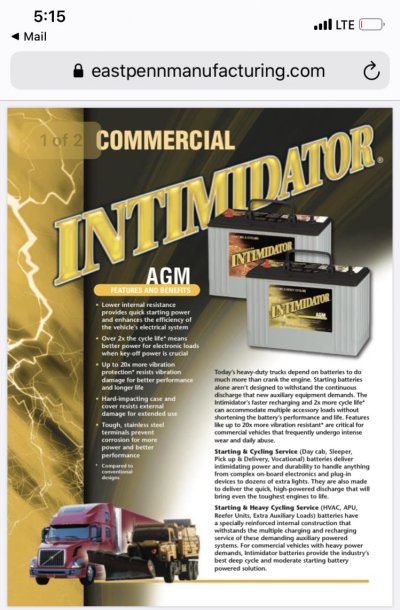For a few reasons, you need 1/2 the Ah capacity with a lithium bank compared to an LA bank. Changes things a bit....
True and not so true.
Case in point...
Overnight I will use approx 400AH of battery capacity. That is my boat, my choices, my loads.
If I have a 800AH battery bank most of the time I will get up and fire up the generator, and I find my bank about 50% depleted.
But...
That is based on my being VEREY careful in regards to my recharge cycles.
What if...
What if I am that evening a little lax. What if my 800AH bank is only at 80% at bedtime. Perhaps we went out to dinner that evening. Perhaps we just got busy and plain ole forgot to run the generator.
I could stay up and recharge those batteries. I probably should, but...
Sometimes I admit that I drain my FLA battery bank below 50%.
That is frankly not an option if I was to have switched to a 400AH LIFEPO4 battery bank. I just do not have the reserve.
So...
While theoretically yes you can use a smaller battery bank with LIFEPO4 Vs FLA that is only thoretical. Sometimes Actual use dictates some reserve capacity.
BTW I got a full 10 years out of my last FLA bank and just bought a new one for less than $2,000. LIFEPO4 would have cost me ten dollars an amp hour.
Nope, I’ll stick with my tried and proven FLA batteries.
At 58 I do not have the life expectancy to even dream of cost justifying the price difference.


